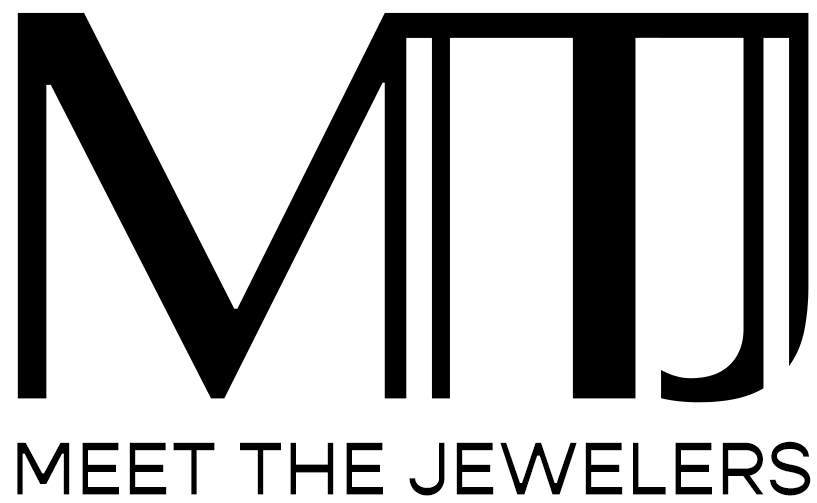The Great Diamond Debate
There’s more than meets the eye when it comes to jewelry. Get the big picture with our long-form deep dives into the ever-changing, everlasting jewelry biz.
Photo credit: @miadonnadiamond
Earth-mined old school vs. lab-grown new school
With lab-grown diamonds growing increasingly popular among jewelers, natural, earth-formed diamonds are getting a run for their money. Or are they? The debate over what diamond is “better” is a question only the buyer can answer for themselves, and yet the diamond industry has gone to great lengths in the form of campaigns and educational materials to sway the general public for or against a type of diamond.
The reality is that we buy jewelry with varying priorities; some buy diamonds from an emotional place, while others emphasize the financial and physical attributes of a diamond. While the diamond industry steers the narrative as an either/or, I can imagine a jewelry landscape where both exist in harmony.
Todd Reed one of a kind hinged bracelet with raw and white diamonds in 18k yellow gold, price upon request at Todd Reed
Natural diamonds have long been the favored child of the fine jewelry world; their formation the result of patience and pressure. Earth-mined diamonds occurred when volcanic activity 100 miles below the earth’s surface erupted billions of years ago, shooting the diamonds up through the layers of earth and embedding them in a blanket of volcanic material. The diamonds’ new home in the top layers of the planet was far cooler, allowing them to lock into place and maintain the sparkling properties we know (and love) them for. This means that our entire supply of natural diamonds is limited to what happened before man even roamed the earth. Mother Nature’s version of, “What you see is what you get.”
There is poetry in a naturally occurring diamond, a romance intertwined with the way we feel about jewelry altogether. An engagement ring, for example, symbolizes a sacred union between two people. Unique in both its physical quality and symbolic representation, the narrative of the stone and the understanding that there is no other one like it is further enforced by a diamond’s GIA certificate. A document denoting its cut, clarity, and statistics reminds me of a birth certificate—a declaration of its presence.
Vrai sustainable lab diamond and 14k white gold “Neptune Floating” necklace, $4,500 at Vrai
What lab-grown diamonds lack in history and mystique, they make up for in affordability and sustainability. As their name suggests, lab-grown diamonds are formed in just a few weeks under careful conditions in a laboratory. By initiating their formation synthetically, the entire mining process is omitted, leaving the earth’s surface untouched. Manufactured diamond properties are identical to a natural diamond, save for the trace amounts of nitrogen found in earth-formed diamonds. A trained gemologist would not be able to spot the difference without the use of sophisticated equipment. The price, however, is visible to the naked eye. Lab diamonds tend to be significantly cheaper due to the fact their production is limitless. But just as the price is inclusive, it is also unreliable. With lab diamonds still new to the market, it is unknown how much value they will retain long term. The jury’s still out.
Focusing only on price would miss a worthy perspective I have been thinking about in reference to lab diamonds, and that is inclusivity. Lab diamonds bring more jewelry lovers into the fold. It allows for more demographics to participate in the joy of jewelry without dissuading diehard natural diamond buyers away from their choice stone. If it’s an earth-first priority that calls you to lab diamonds or your price cap, they offer more options on the jewelry floor.
Miadonna lab-grown traditional round cut solitaire engagement ring in 14k white gold, $4,720 at Miadonna
Premier jewelry houses like Cartier and Harry Winston still work exclusively with earth-mined diamonds, and trending Instagram hashtags like #onlynaturaldiamonds suggest that natural diamonds will hold their place in the market. I'm cautioned to say one diamond is better than another, as I don't think that is a realistic approach to fine jewelry. We are emotional creatures, confronted with a multitude of considerations on our diamond journeys.
Wordsmith: Samantha Durbin Writer: Elissa Velluto
Every item featured is personally selected by our writers and editors (read: we're totally into it). Please know that when you buy through our links, we may earn an affiliate commission (read: we get to keep doing what we love).








